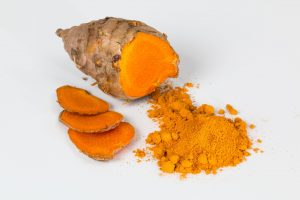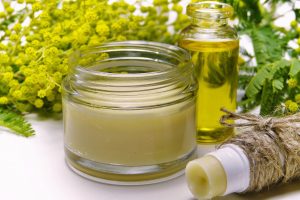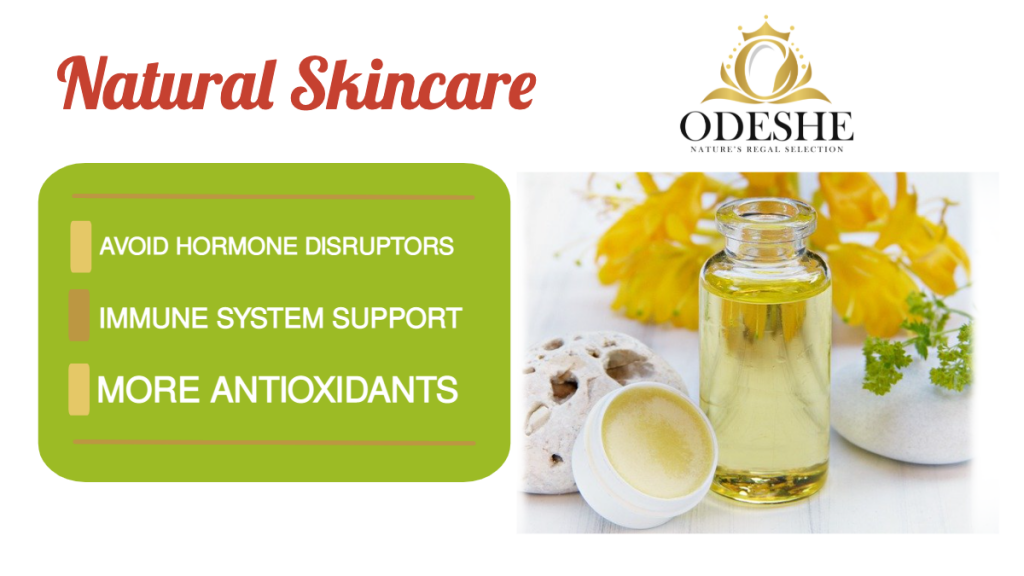The Skin’s Interface with Skincare Chemicals.
Just beneath the skin’s surface (and near many organs in the body), our fatty tissue (or “adipose” tissue) is found. A fat tissue receptor protein called “PPAR-gamma” (i.e. Peroxisome proliferator-activated receptor gamma) is a well-studied, unintended route for phthalates (and other PPAR-gamma inhibitors) to impact on the health of people (4). Inhibition of PPAR-gamma by environmental chemicals has been linked to obesity and childhood obesity (5), diabetes (6), both male (7) and female (8) reproductive system issues and many other endemic diseases of the industrialised world. Phthalates are just one class of many synthetic compounds called Endocrine Disrupting Chemicals (EDCs) that negatively impact our health on a daily basis, and have been added to “… food, cosmetics, plastic packages, and children’s toys and have thus become an integral part of the human environment” (9).
“…EDCs modulate the immune system through an impact on development, cellular and humoral responses [antibody production], cytokine synthesis, and lifespan” (9)
However PPAR-gamma activators (i.e. agonists that have the opposite effect of phthalates above), both natural and synthesised, have been recently highlighted as possible methods to address COVID-19 and stop patients from deteriorating (10). PPAR-gamma is highly researched for its potential role to mediate diabetes therapies, but PPAR-gamma also works as a strong anti-inflammatory agent in the body by regulating and suppressing the production of cytokines, immune signalling molecules that can be abnormally activated and produce the “cytokine storms” that cause the worst outcomes in COVID-19 patients (11). It has become apparent that, alongside the pharmaceuticals glitazones and NSAIDs, several plant foods such as turmeric, hot pepper, pomegranate and omega-3-rich oils are effective activators of PPAR-gamma (10).

Turmeric has an opposite effect of EDCs on PPAR-gamma… (credit: stevepb)
Another access point for unwanted synthetics is the aryl hydrocarbon receptor (AhR) (12). This receptor is found in the liver, lungs and many other organs (13), and is responsible for detection of many different types of small, natural or synthetic, carbon-rich molecules (14). This broad-spectrum detection of small molecules by AhR is used to develop immune system responses to these foreign chemicals (14). Aside from known natural toxins such as poison ivy, cosmetics are among the many sources of synthetic chemicals (e.g. polycyclic aromatic hydrocarbons) that impact on the immune system via AhR activation (14). This activation has been directly shown to damage the immune system’s ability to fight viral infection: “…epidemiological reports show that exposure to environmental contaminants that contain AhR ligands correlates with increased incidence of respiratory infections and alterations in immune cell function” (12). Not only are phthalates implicated in AhR-mediated toxicity (as well PPAR-gamma mediated toxicity), but other synthetics found in cosmetics such as triclocarban (15), polycyclic aromatic hydrocarbons and bisphenyls (16).
“… elimination of factors known to up-regulate AhRs, or implementation of measures known to down-regulate AhRs, should decrease severity of infection” (17).
Coronaviruses that enter a cell activate AhR, and SARS-CoV-2 is thought to produce “Systemic AhR Activation Syndrome”, which results in systemic inflammation and varied health complications (17). As such, “… elimination of factors known to up-regulate AhRs, or implementation of measures known to down-regulate AhRs, should decrease severity of infection” (14). Fortunately, AhR can have different effects on the body depending on the molecule interacting with it “…AhR acts as a master switch for oxidation and antioxidation” (18).
Flavonoids are a diverse group of nutrients that not only activate antioxidant enzymes to limit oxidative stress from AhR activation, but also activate the body’s own AhR repressor to limit the oxidative stress that EDC-AhR activation induces (18). Foods and cosmetic alternatives that are plant-based arise as the natural solution due to their high flavonoid content. Beneficial plant nutrients and antioxidants such as are resveratrol, quercetin and indole-3-carbinol are detected by AhR (14). Moreover most natural compounds that interact with AhR inactivate the receptor (19), which is generally beneficial when considering the constant activation by everyday pollutants.
“So far, researchers have proved that EDCs… affect the development, functions, and lifespan of immune cells…” (9)
Interfering with the body’s targeted immune response.
More specific to infection with a novel virus such as SARS-CoV-2, the body likely needs to adapt and engineer an adaptive immune response (if the automatic defences cannot clear the virus). Unfortunately, xenobiotics such as synthetic cosmetic EDCs can suppress the immune response and lower the antibody production of immune cells: “Xenobiotics can impair a protective immune response, especially in organs expressing high ACE2 expressions, such as intestine and kidney” (11). Organs with high ACE2 expression (such as the lungs) are the specific targets of the current pandemic’s virus, making this concern extremely relevant to our times.
Antibodies are the immune system proteins that are produced to accurately identify and attach to foreign entities such as bacteria and viruses to help neutralise new or persistent microbial infections and other diseases (11). However prolonged EDC exposure has been linked to “…diminished humoral antibody responses…” and “… humoral immune suppression…” (11). Antibody production is also required for vaccination to be effective. So even the desired protection from a safe and effective vaccination regime may be drastically undermined by environmental EDCs, such as some of the synthetic ingredients and additives found in cosmetics, food and more.
A clear narrative emerges from all the scientific studies detailed above to show that, for both the PPAR-gamma and AhR receptors, we can influence whether beneficial or harmful stimulation is given to these gateways to our body’s immune system, depending on routine choices such as diet and skincare. This should not be surprising considering that even the lifespans of immune cells can be shortened by endocrine disrupting chemicals (i.e. EDCs) (9). Beyond PPAR-gamma and AhR, EDCs interact directly with many steroid receptors for hormones, changing the capacity for those hormones to carry out their normal actions and impacting multiple organ systems (9). As such this article scratches the surface as a simplified introduction to the true impact of EDC toxicity to the immune system and body.

Natural skincare, a simple way to avoid ongoing exposure to synthetic toxins
So what can be done to avoid cosmetic EDCs and their effects?
By now you will have noticed that EDCs are not just a problem within the skincare and beauty industry, and can be picked up in almost all arenas of life (9). Although these pollutants pervade modern life, lifestyle choices have already been highlighted as measurable mitigators of EDC-toxicity.
These include dietary flavonoids from tea, onions and apples that provide antioxidant and anti-inflammatory relief from persistent AhR activation (14). Encouraging the diversity of your gut microbes with a plant-based diet rich in fibre also extends to subdue systemic inflammation, a problem that is prevalent during EDC toxicity. Food supplementation with “…vitamins A, C, D, E, B2, B6, and B12, folic acid, iron, selenium, and zinc…” can also ensure the normal, healthy and optimal function of the immune system in adults (11). Curcumin from the spice turmeric is detected by AhR (14) and interacts with PPAR-gamma to provide a strong anti-inflammatory effect through many immune signalling molecules (10). Pomegranate lowers inflammatory signals whilst providing anti-inflammatory and antioxidant nutrients (10).
However, there are often overlooked opportunities to remove and replace endocrine disruptors from our daily routines. Natural skincare products relieve the body from the negative stimulation of cosmetic EDCs, and often have diverse benefits based on the phytochemicals in the product’s plant ingredients. Completely natural products may not be possible, but more is better!
The intuitive affinity for natural products and skepticism of synthetic ingredients appear to be significantly justified by a large number of scientific studies, such as those detailed above. Natural products are not always free from unwanted health effects, but there is a regal selection of natural products for you to maintain the health of your skin, your immune system, and much more. Odeshe now has an online store. From here you can have access to products that may benefit you based on the discussion above.
by The Odeshe Team.
Disclaimer: If you have medical concerns, please consult your doctor before implementing the opinions in this article.



